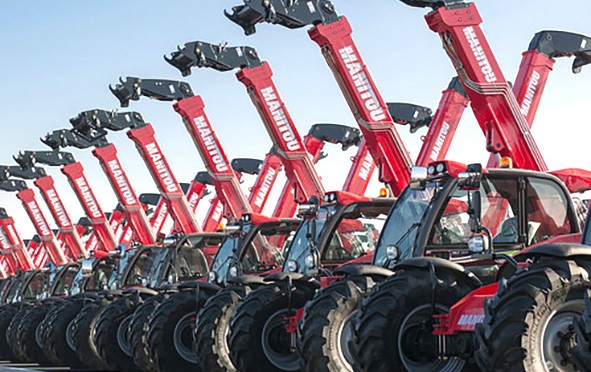Call08 9246 6200
- Monday to Friday
- Parts & Service - 7.30 AM - 4.00 PM
- Hire & Sales - 8.00 AM to 5.00 PM
- After hours support available

In the current point of the business cycle putting together a business case or CapEx for replacement equipment may be a daunting task. There appears to be a strong “no spending” position being taken in some areas that could ultimately cost a business more than it could save.
Even where the existing fleet is paid off and owned, it could still be costing a business more than fresh equipment. This is particularly true in organisations that run maintenance programs separate to capital budgets and tend not to look closely at the overall impact on bottom line. Looking at the combined costs could show the true picture of what equipment is costing the organisation.
Major refits can serve as life extension projects but more often than not it becomes a case of chasing one thing after another. Once you’ve started it’s very difficult to pull out if additional repairs are found during the reconditioning process – The ability to “fully assess” is not always available prior to spending. This can leave you overcommitted and over budget on a machine with limited value and limited remaining life.
Keeping equipment within it’s service life is without doubt the best way to minimise overall costs. When times are tough there is a temptation to “let it ride” but a “no action” strategy can cost you more than you bargained for. There are several recent research papers and studies available, all recomending caluclating and sticking within the equipment’s economic life. So what are some of the solutions?
Financing costs have never been lower in Australia, with record low official interest rates flowing through to end users. The financing sector is highly competitive right now with lenders pushing hard to earn your funding. If there was ever a time to borrow money it’s now and what better than to invest in cost saving measures.
Reduced Operating costs come standard with new equipment. It takes you back to scheduled maintenance and new wear components rather than maintain and repair. These costs are typically a fraction of the ongoing maintenance costs of older equipment. Add to that a warranty period and you are miles in front.
New equipment comes with newer fuel usage technology reducing the running costs verses older equipment. Not only has improved engine technology reduced fuel burn but new control technology such as Kalmar K-Motion or Kobelco’s fuel saving technology has vastly changed the way in which equipment consumes fuel.
In the case of Kalmar K-Motion a fuel saving of 40% is readily achievable in their Reachstacker range and Kobelco Generation 10 achieves 20% savings or around $13000 annually. Significant cost savings indeed.
Read about Kobelco – We Save You Fuel
Risk, Downtime and Breakdown are also all reduced or eliminated with new equipment. With contracts that are based on output or with an Up time factor applied, who can afford for a machine to be down? Regardless of the reason for downtime, when it’s not working you aren’t earning and new equipment gives you a head start.
In recent times where Contract Terms and Conditions are seeking to move a vendors risk across to contractors or suppliers, can you sustain the potential cost if you’re held liable for delays to production or unloading?
Safety and compliance can be a headache to meet especially where your equipment is on multiple sites. Keeping older machines “free of leaking hydrocarbons”, other defects or the patch up repairs that can occur over time takes your time out of being productive and earning. It is far more dificult to keep older equipment up to standard than starting off fresh and keeping it right.
Equipment that requires 10 year inspections under Australian Standards can add significantly to overall operating costs. These include Work Platforms, Telehandlers, Cranes just to mention some and often it’s beneficial to change these out prior to reaching that stage. Some of these inspections can be very costly even before the required repairs are factored into the equation.
Additional productivity may be available using new equipment due to technology changes that get applied as it comes into the market. With the cost of technology, GPS and data reducing over recent years, there has been an an influx of technology designed to track every moment of machines working life. This enables owners to understand where inefficiencies lie and apply solutions. Systems such as Kalmar SmartFleet or Kobelco GEOSCAN provide at fingertip information on performance and efficiency live to equipment owners remotely.
Read more on Kalmar SmartFleet
Cashflow can also helped through the upgrade process as funds from the disposal of existing assets can be brought back into the business.
And lastly your company image has much to be gained by looking successful. Success breeds success by the old addage and taking into account the full costs, looking successful can help you to be successful.
Talk to our Team about reducing your equipment costs today.